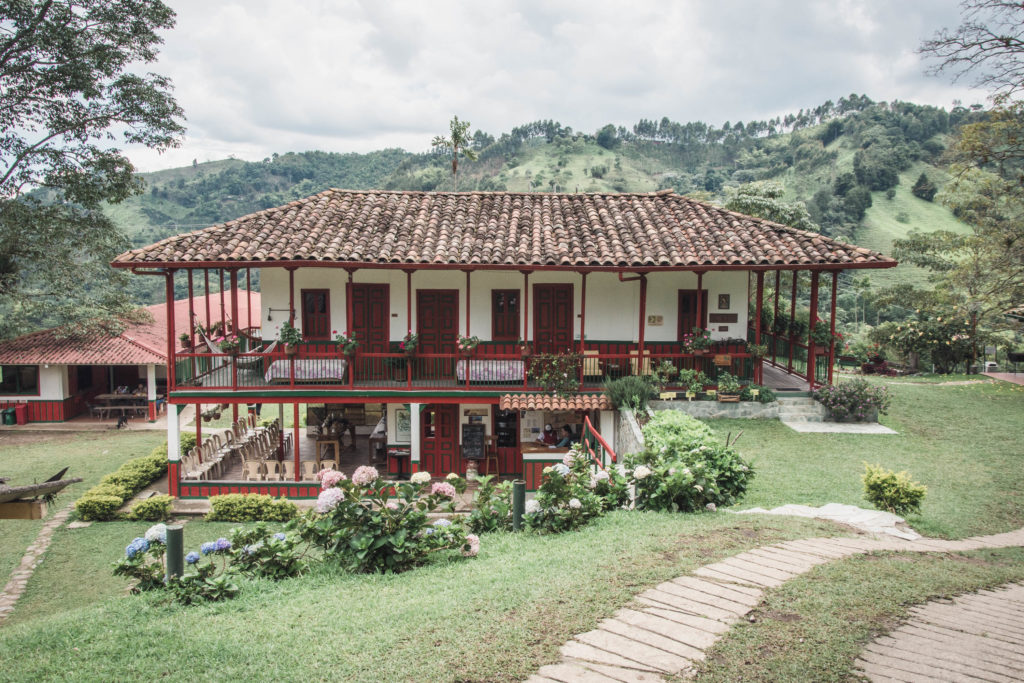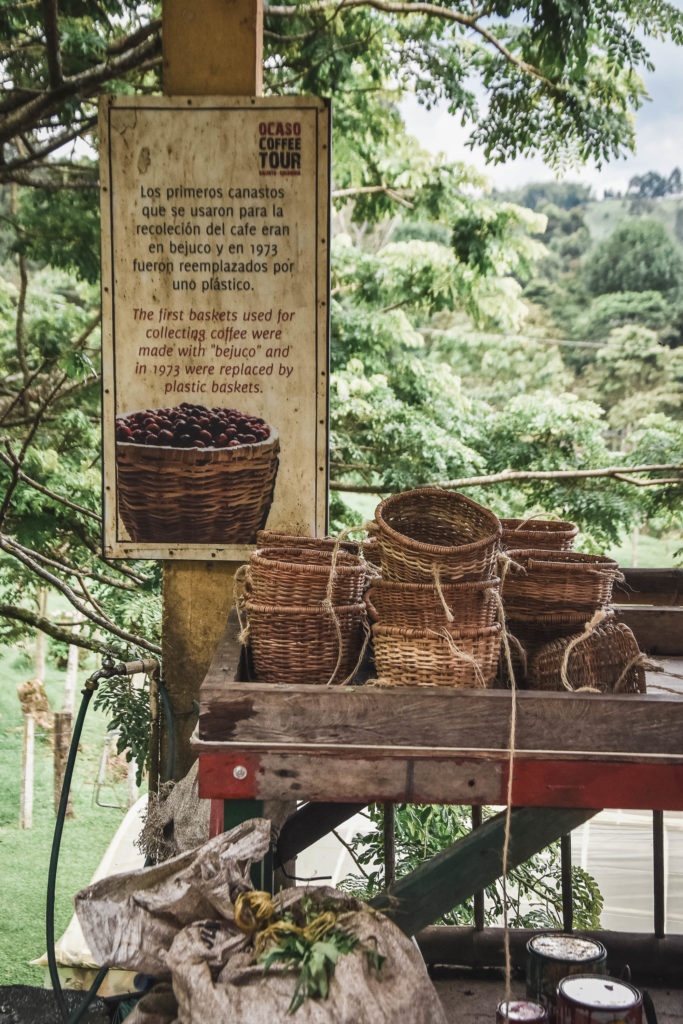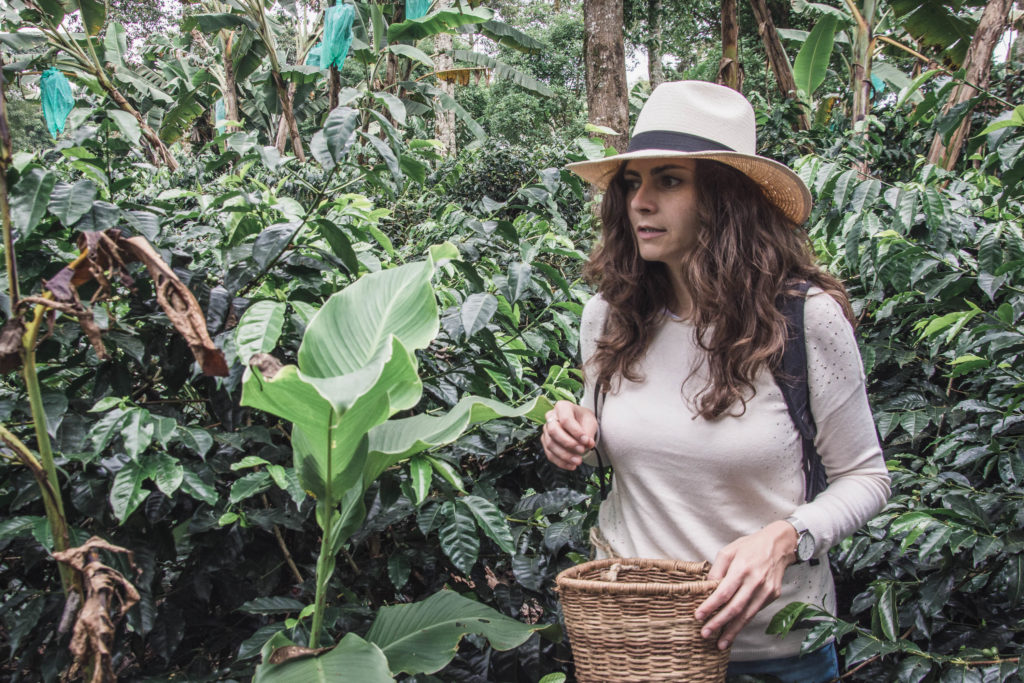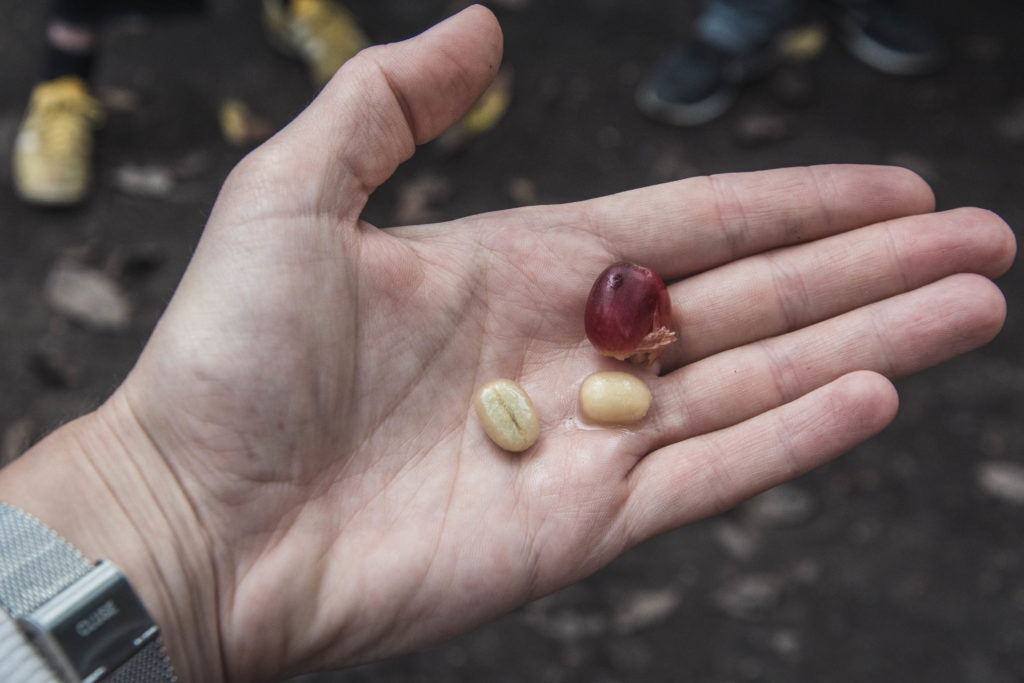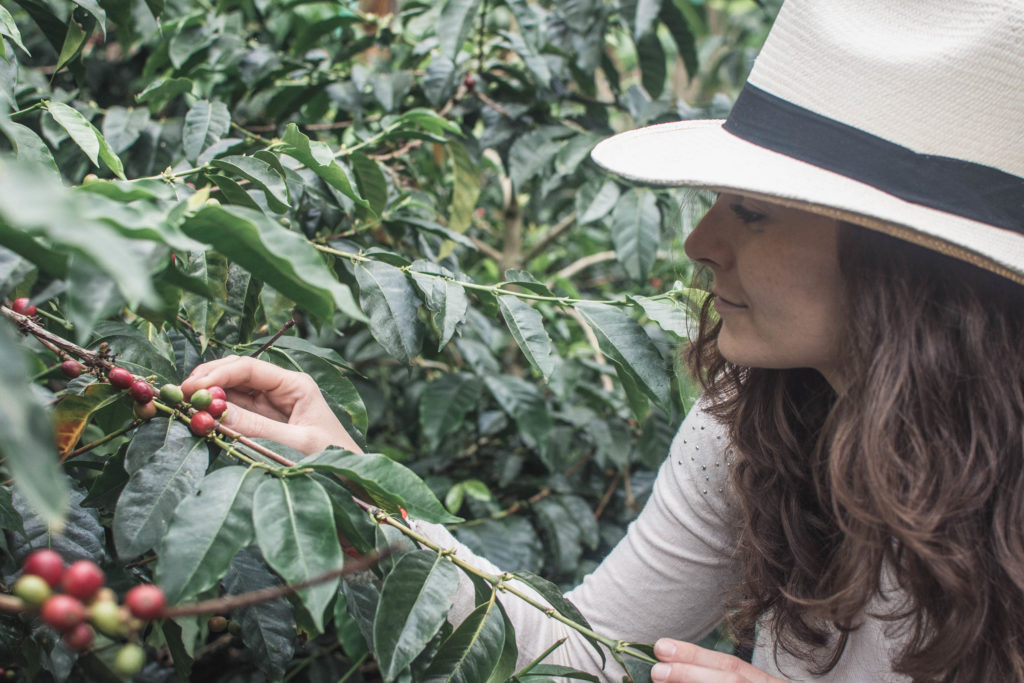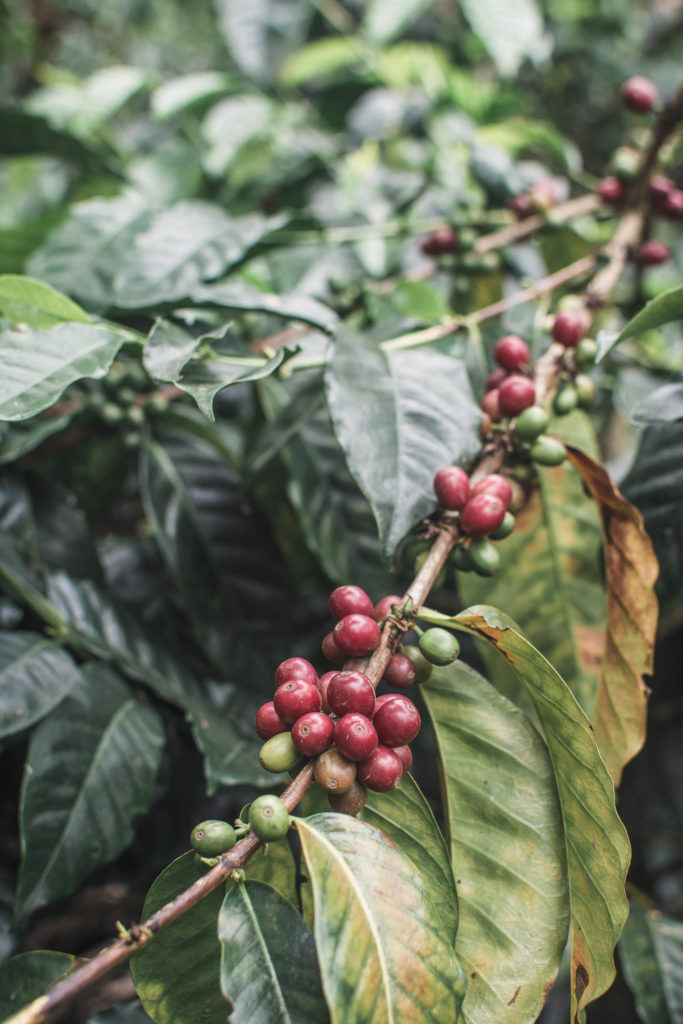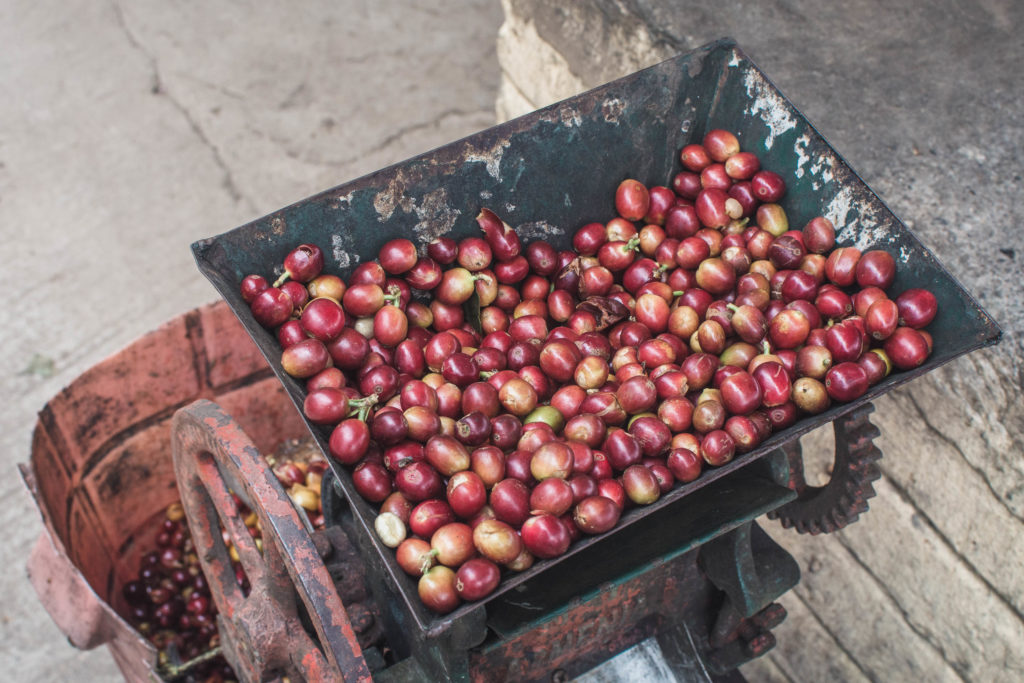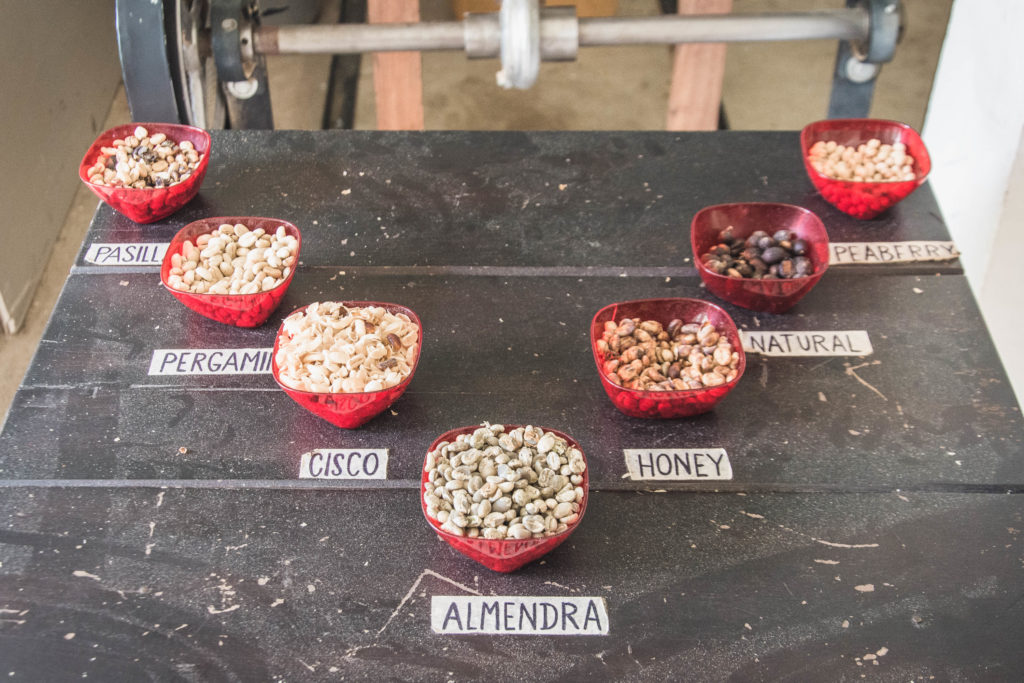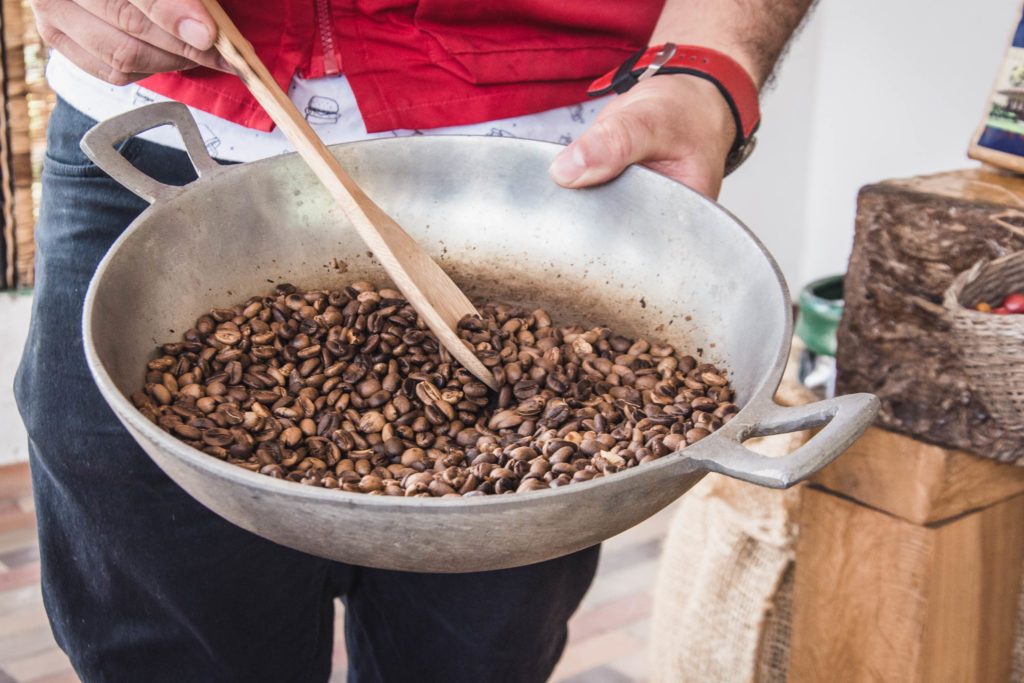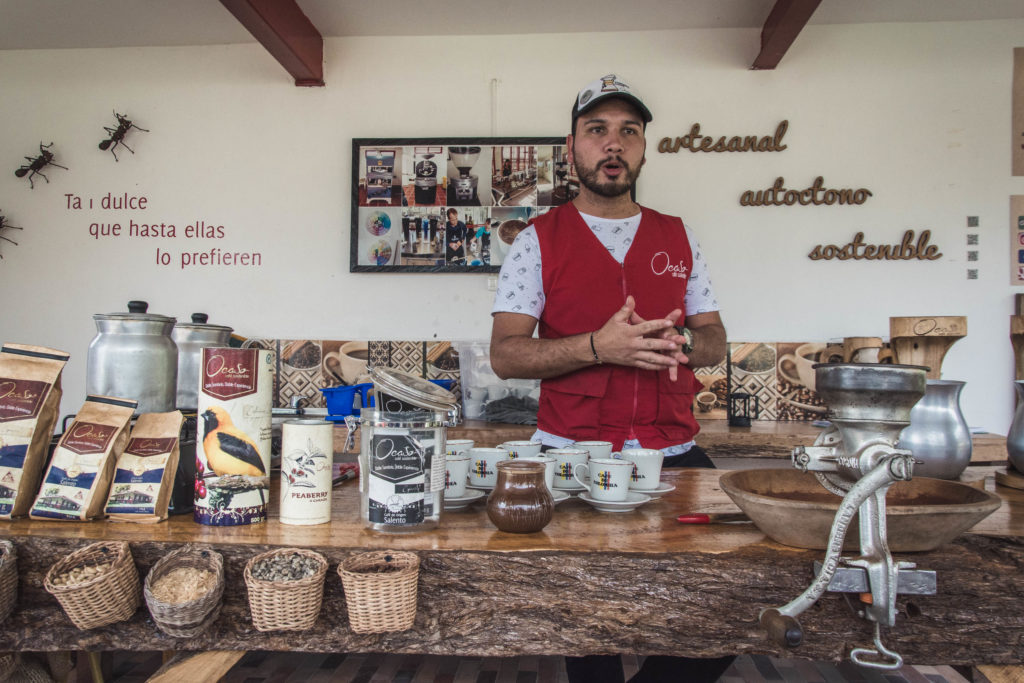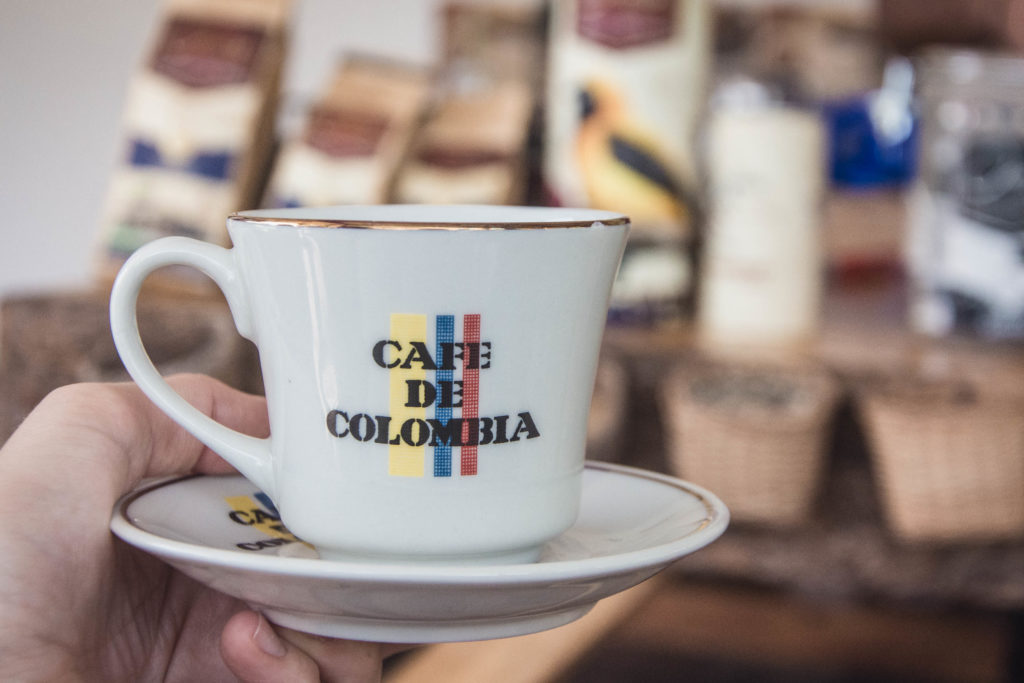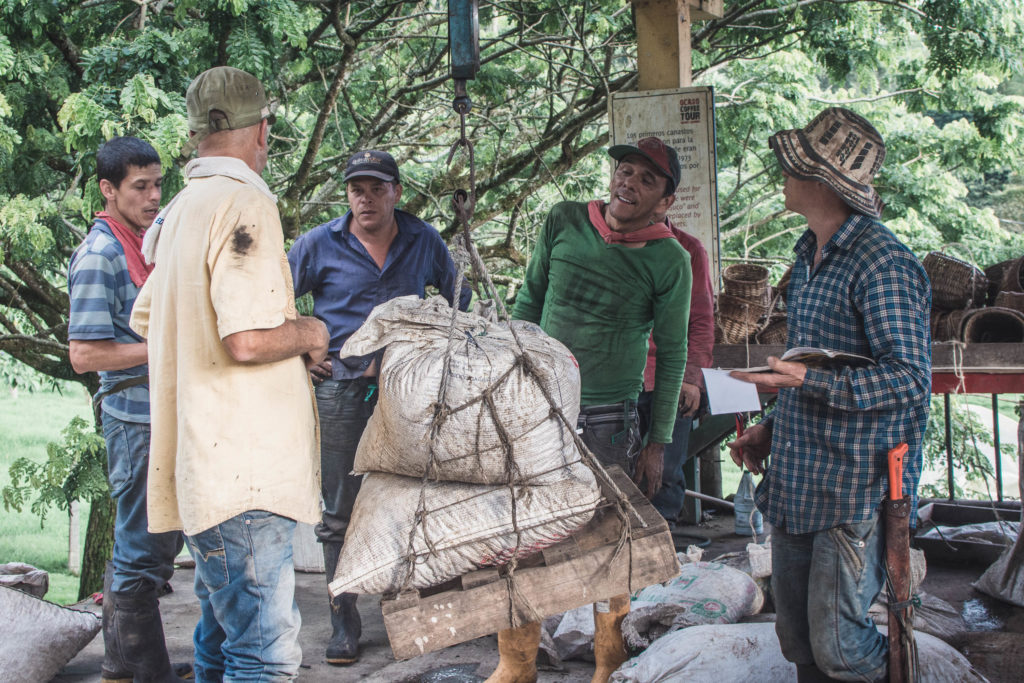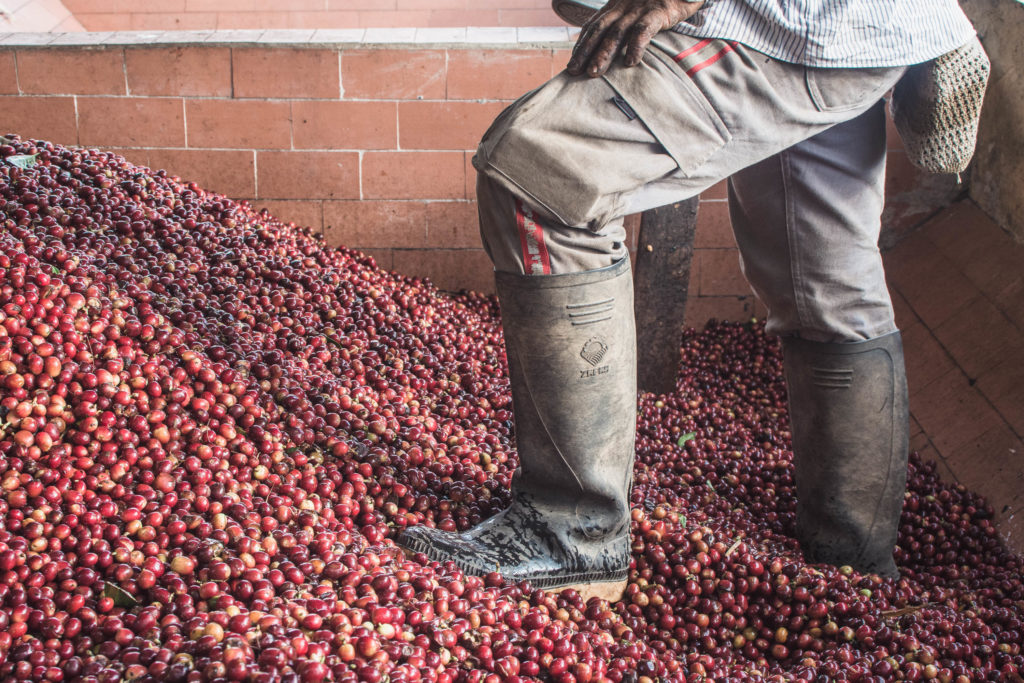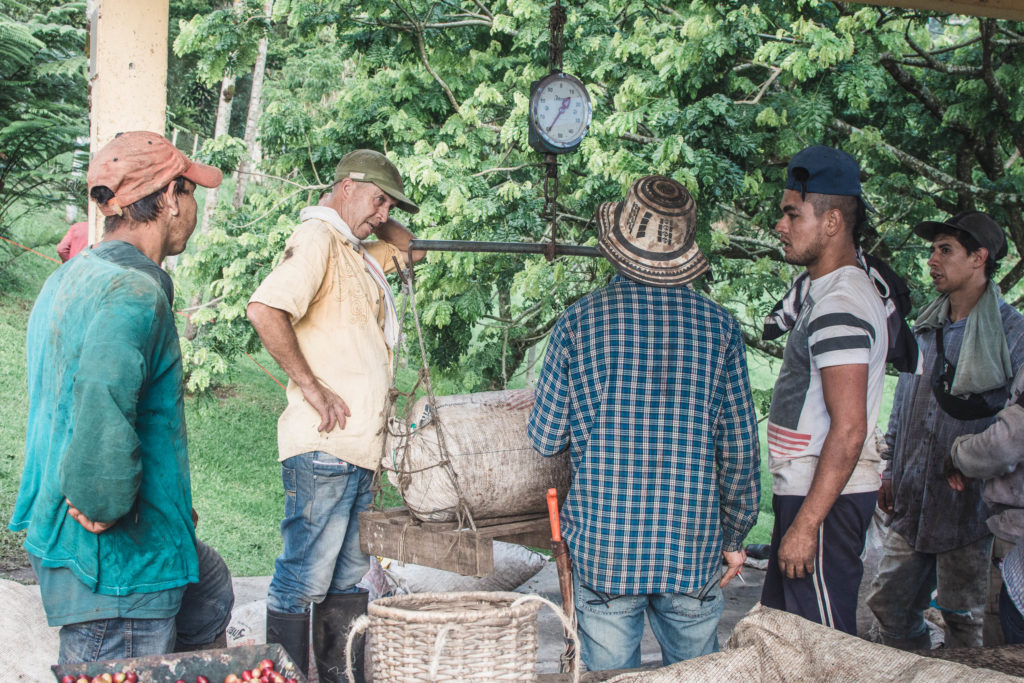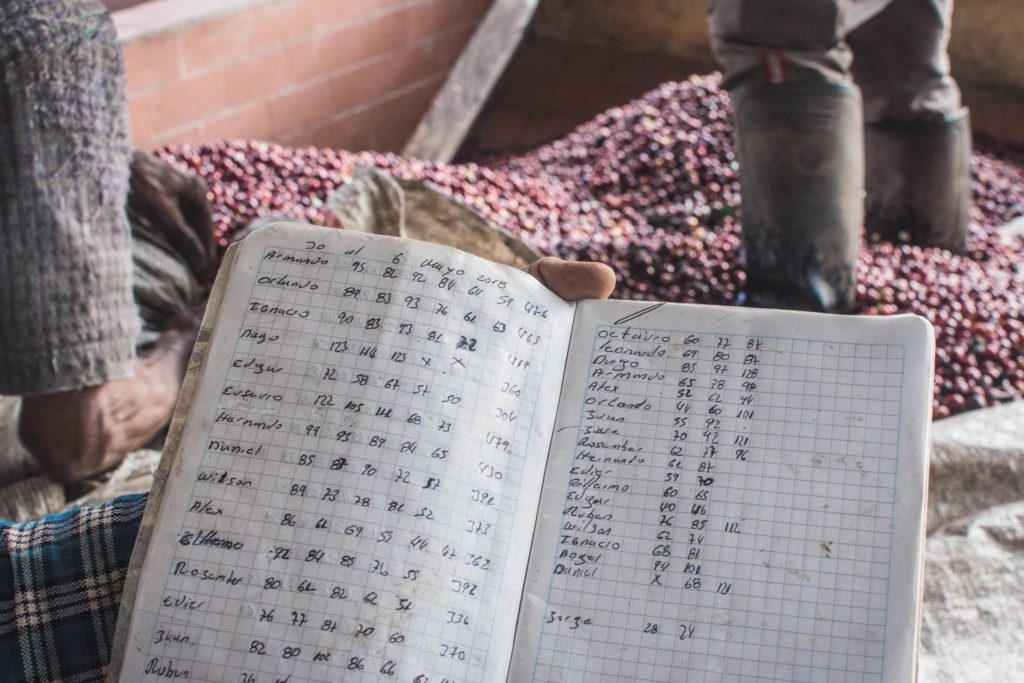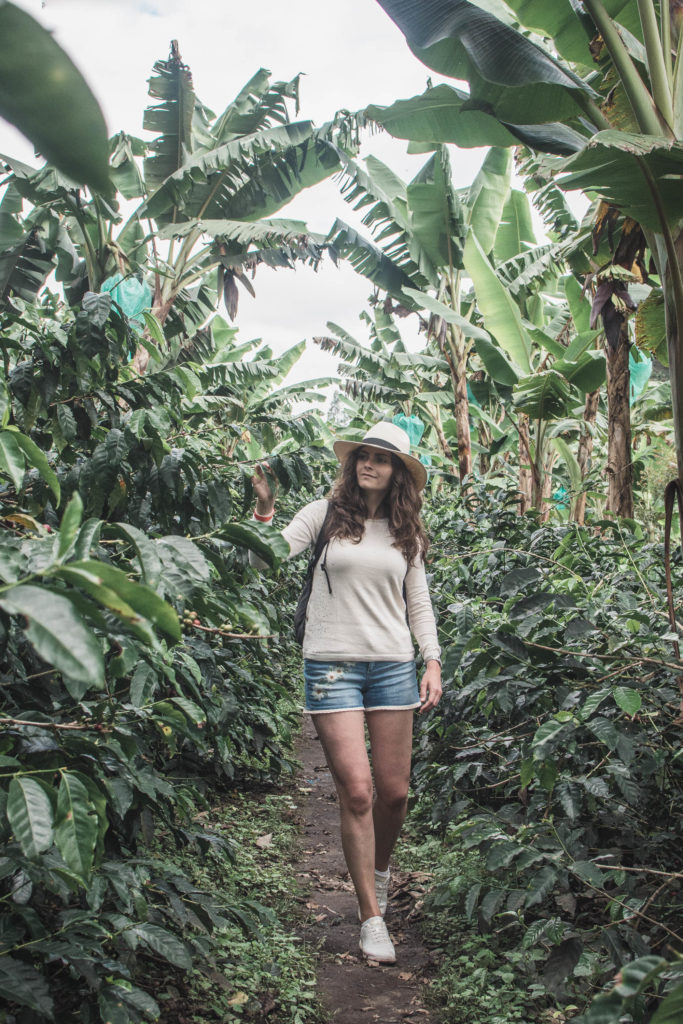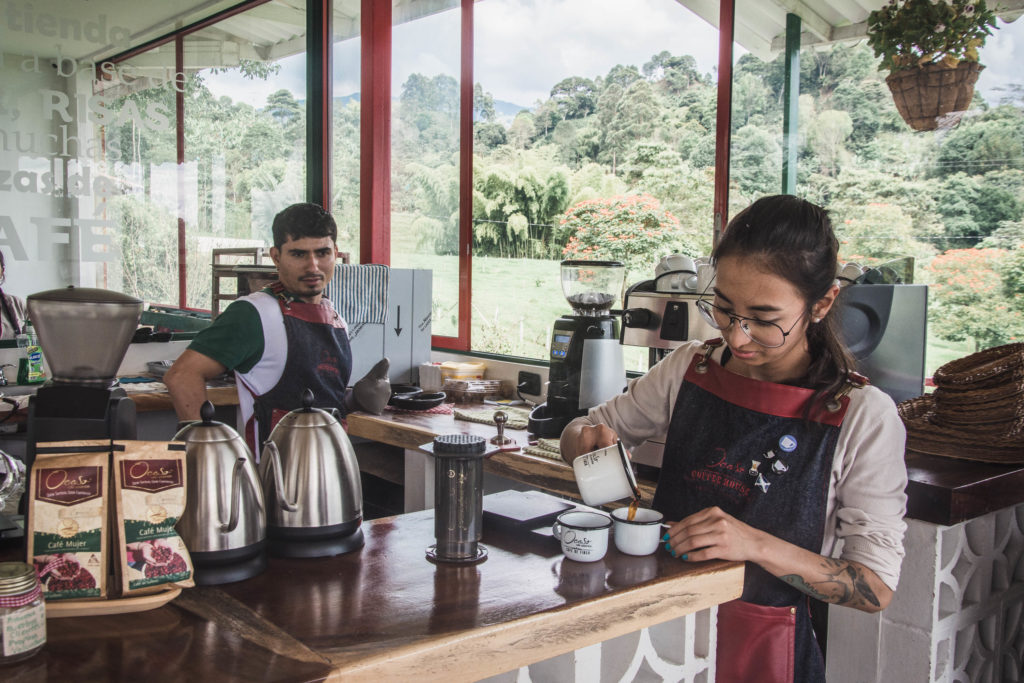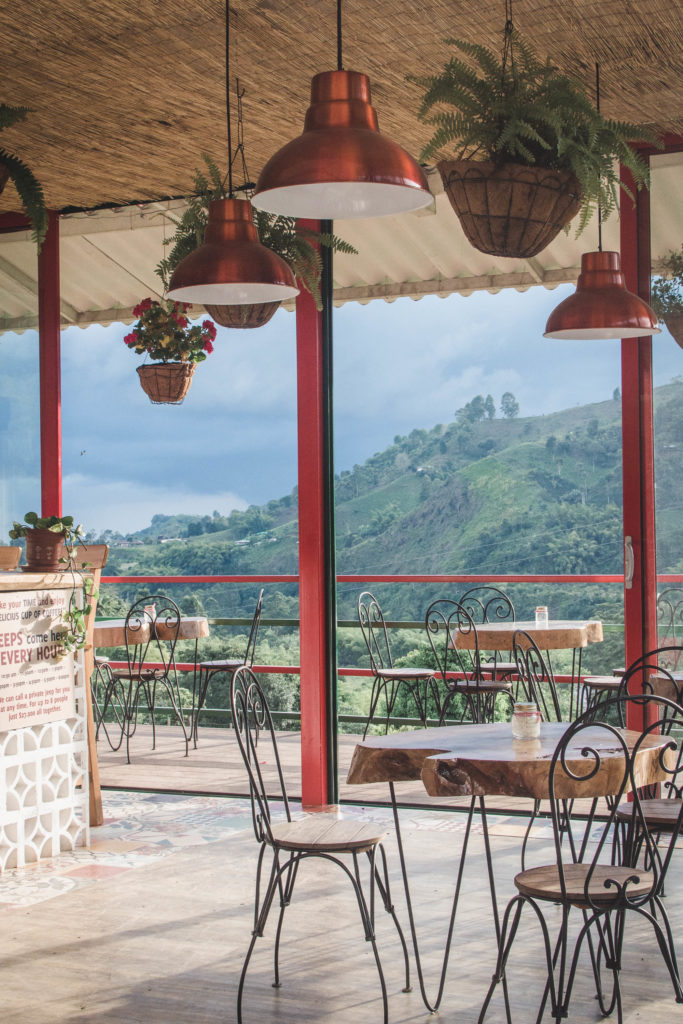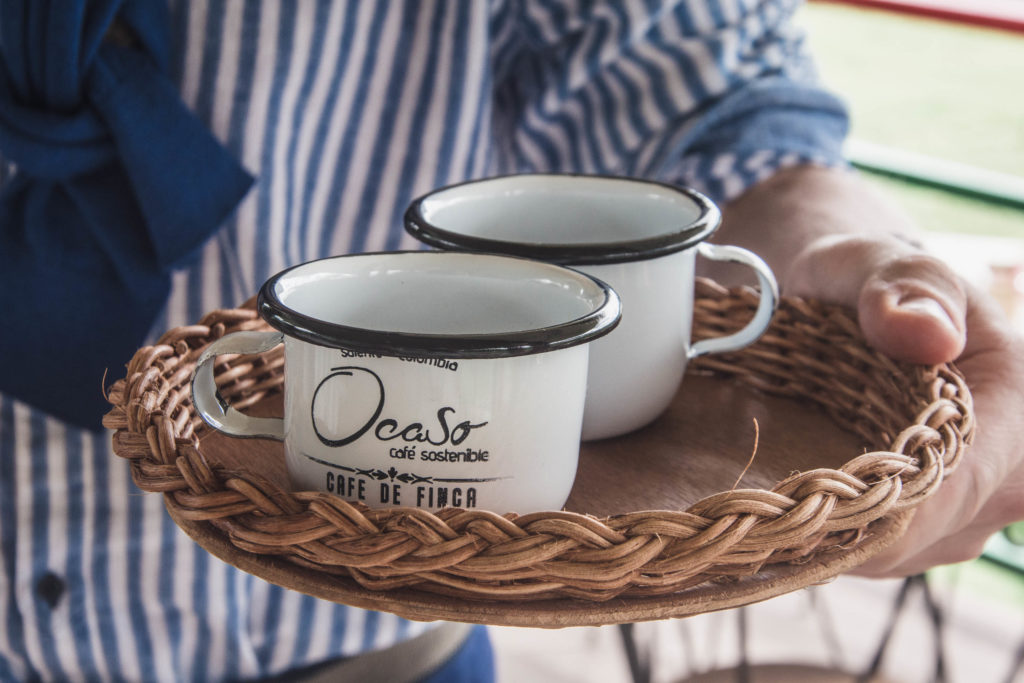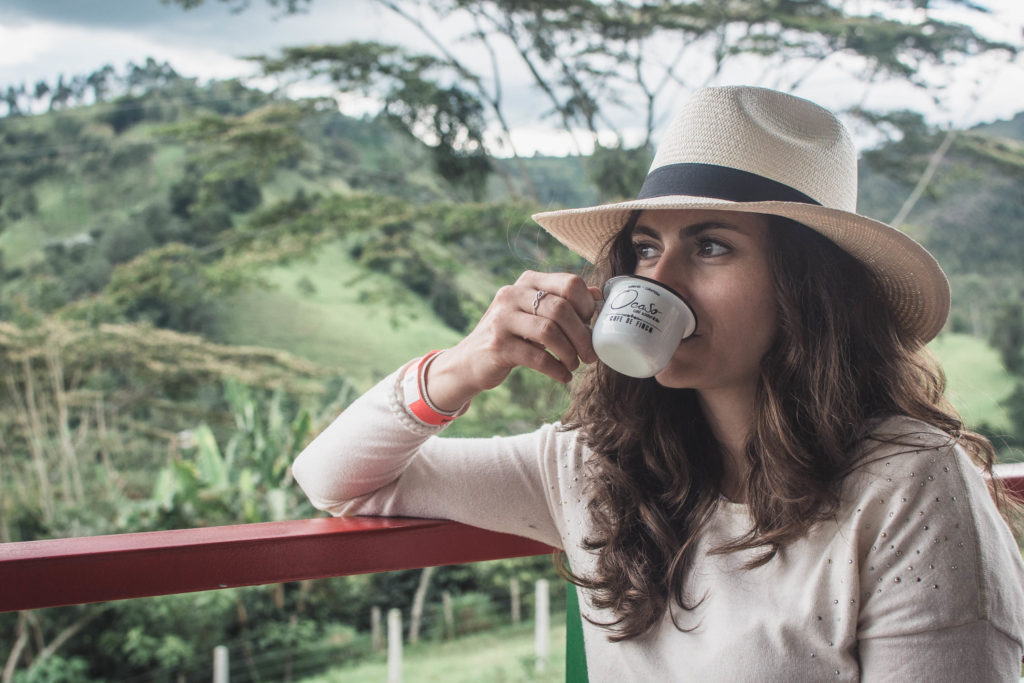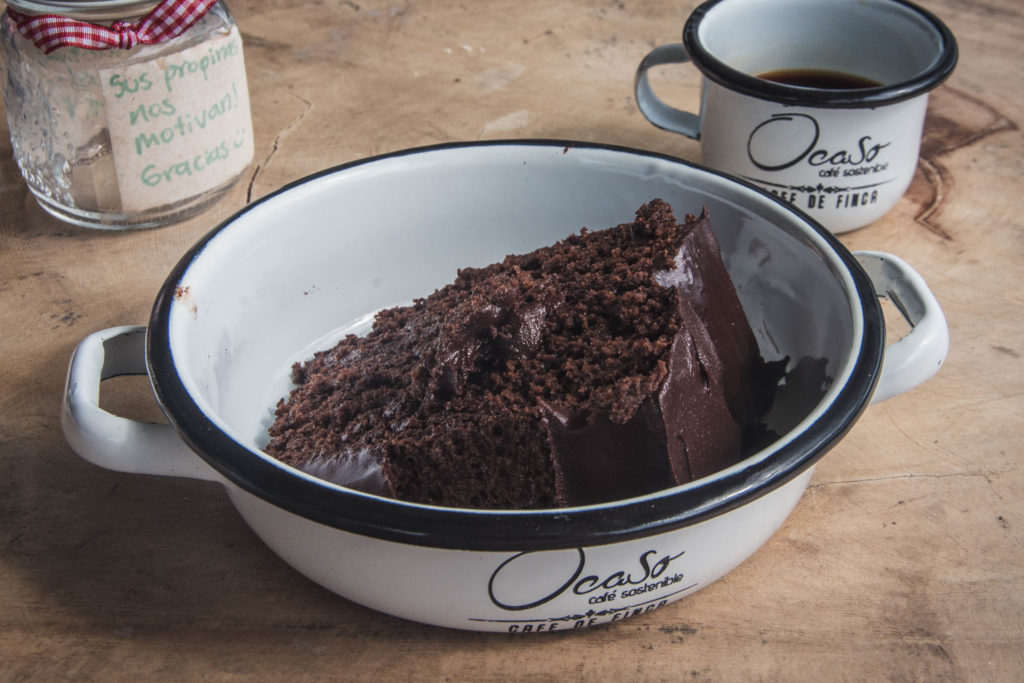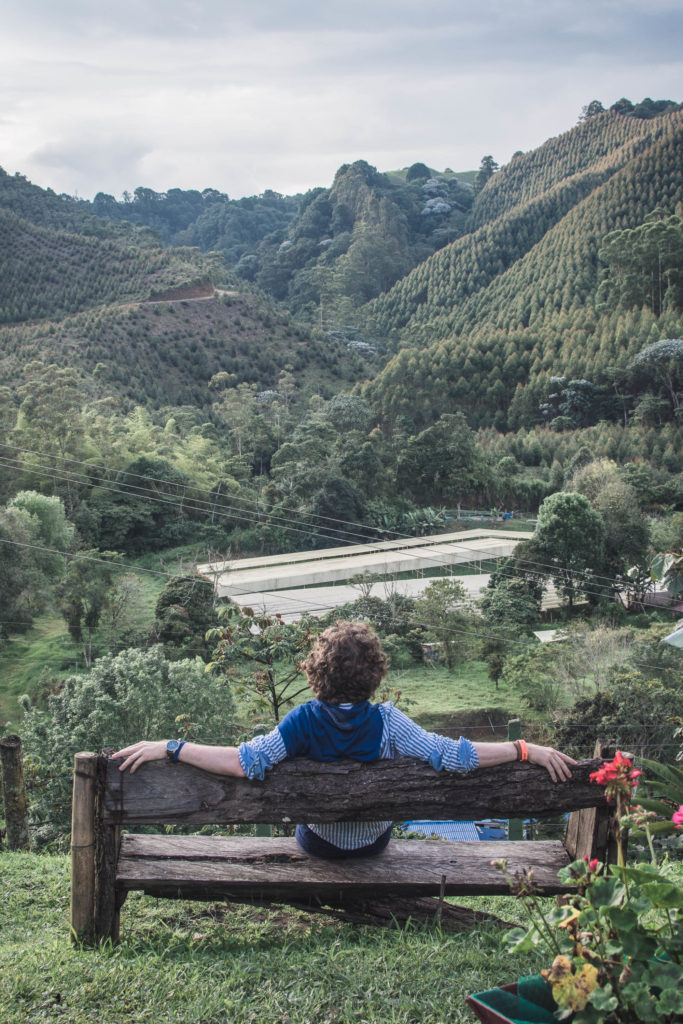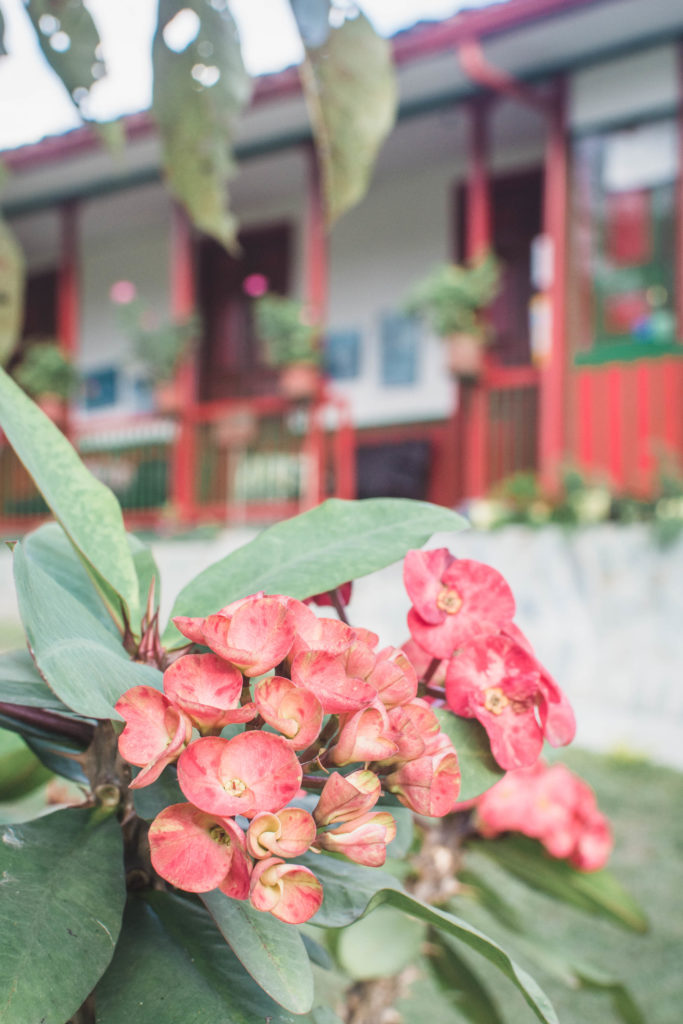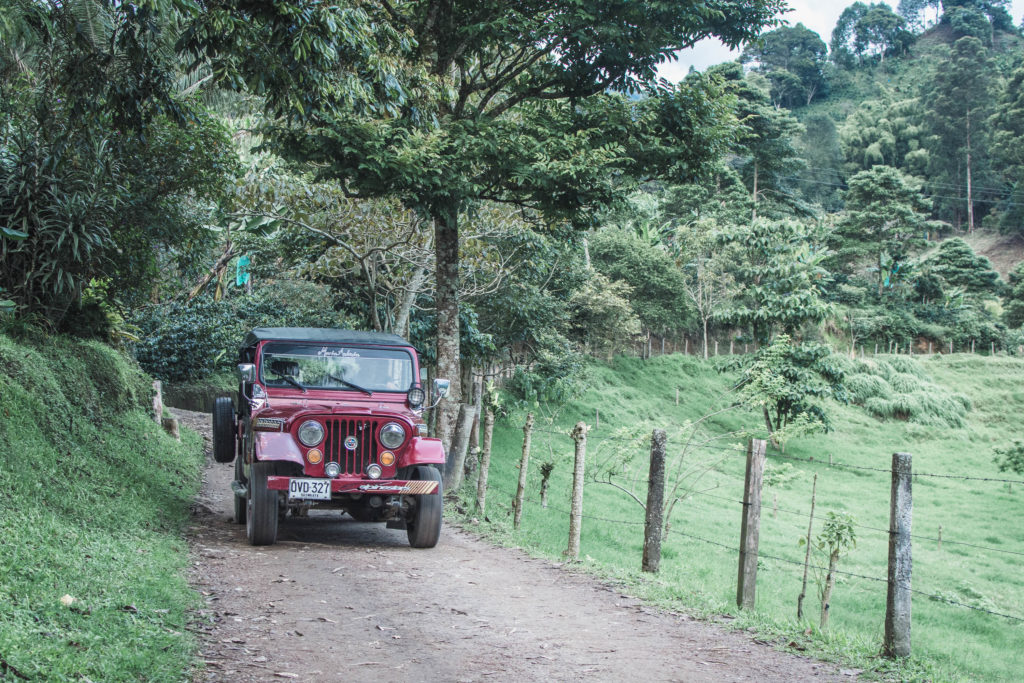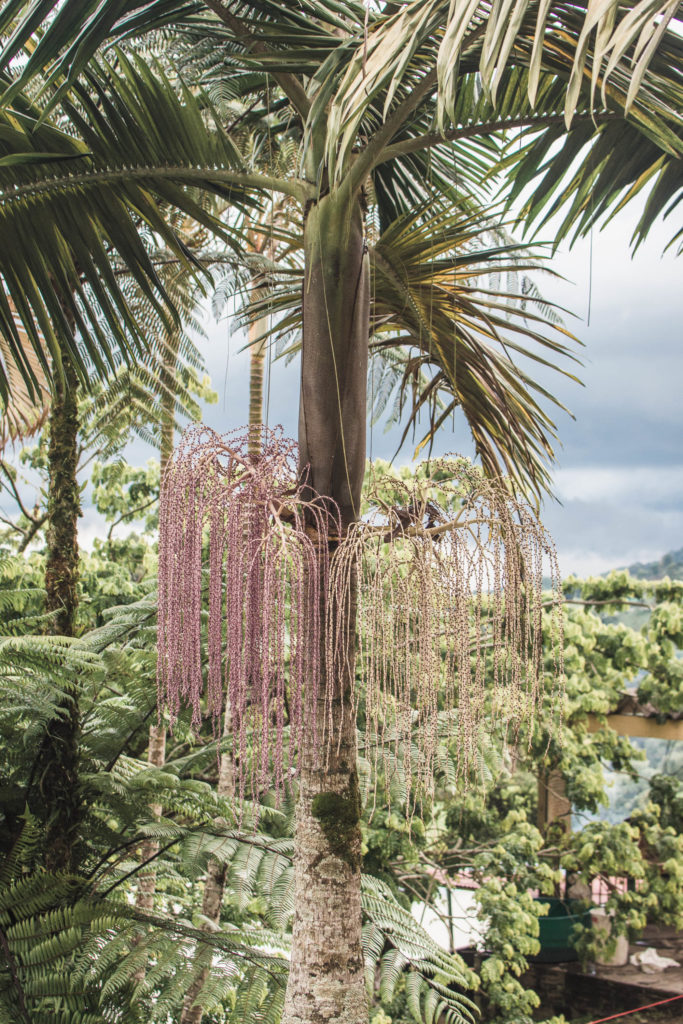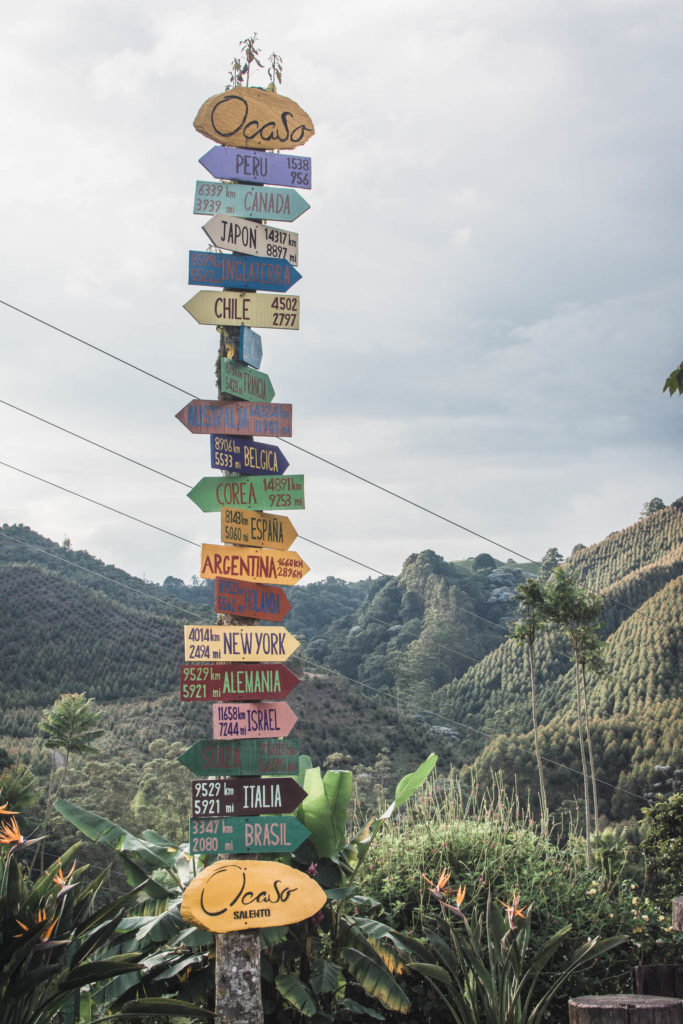After spending a few days in Medellín, we planned to explore the so-called Coffee Triangle. which is the region with the highest production of Colombian coffee. Did you know that in 2019, Colombia was the second country in the world in terms of coffee export? So we could not leave Colombia without visiting Salento and learning about Colombian coffee production! And so we took a bus to Salento, one of the epicenter towns of the coffee production area. Although we were hesitating as the less touristy Manizales or Filandia sounded great too.
Salento
It’s one of the oldest towns in Quindío and so pretty. It features colorful paisa architecture with restaurants, accommodation facilities, coffee shops, nice artisan shops, and a lookout place. Thanks to its geographical position, Salento is quite a touristy place as one would think. In its surrounding, you can find some coffee farms and it is also in proximity of the Cocora Valley (I will write about it in one of my next posts!).
In Salento, we stayed at the beautifully colorful Hotel El Jardín which was just about 5 minutes walk from the main square.
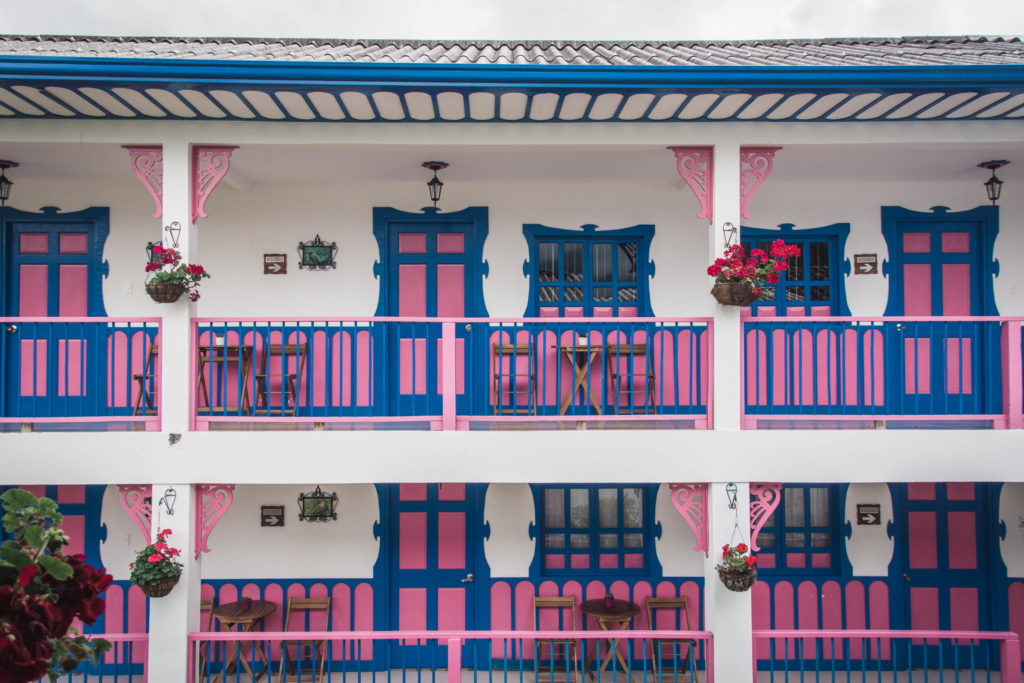
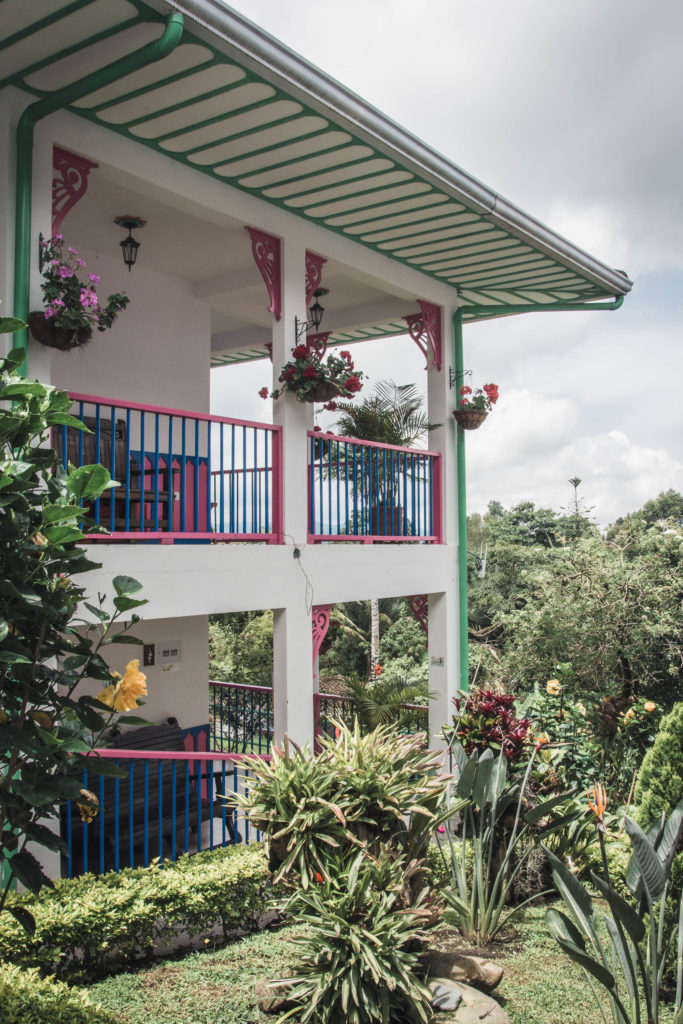
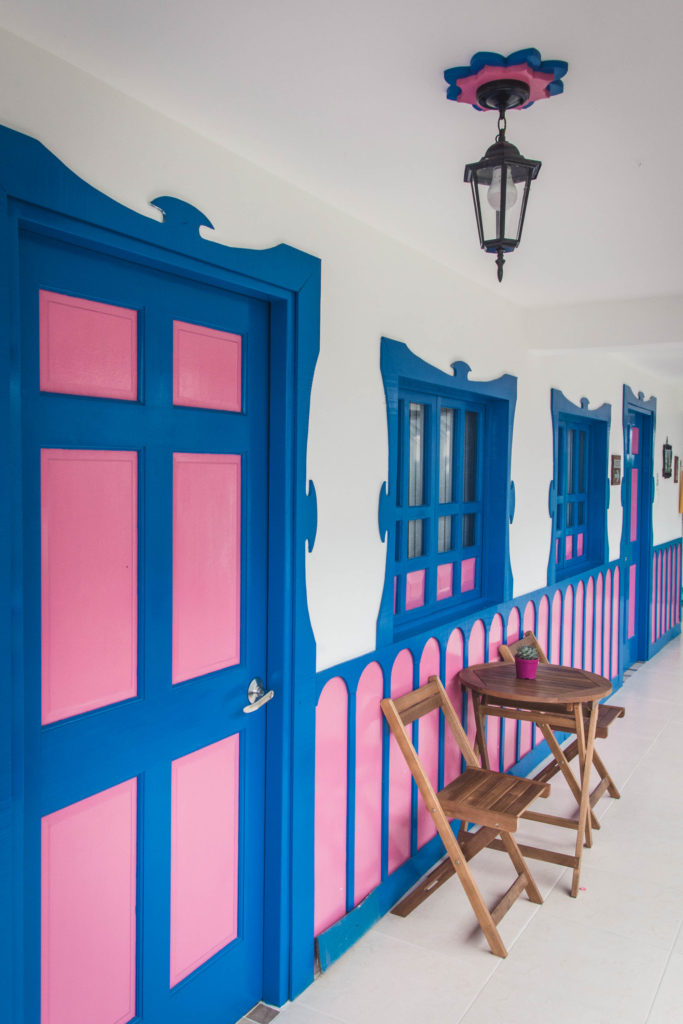
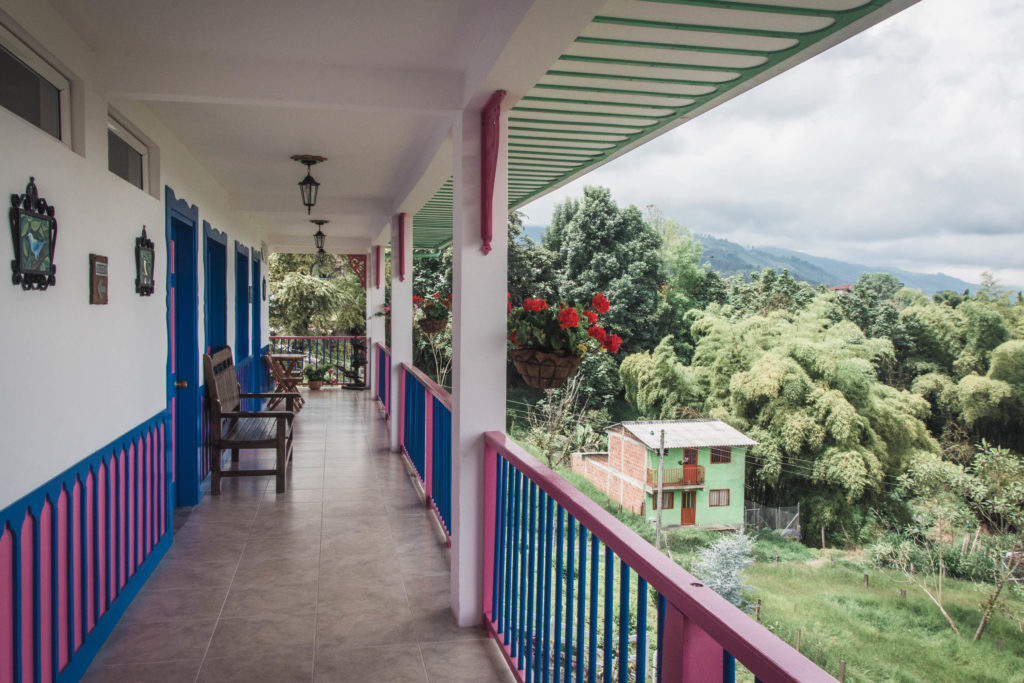

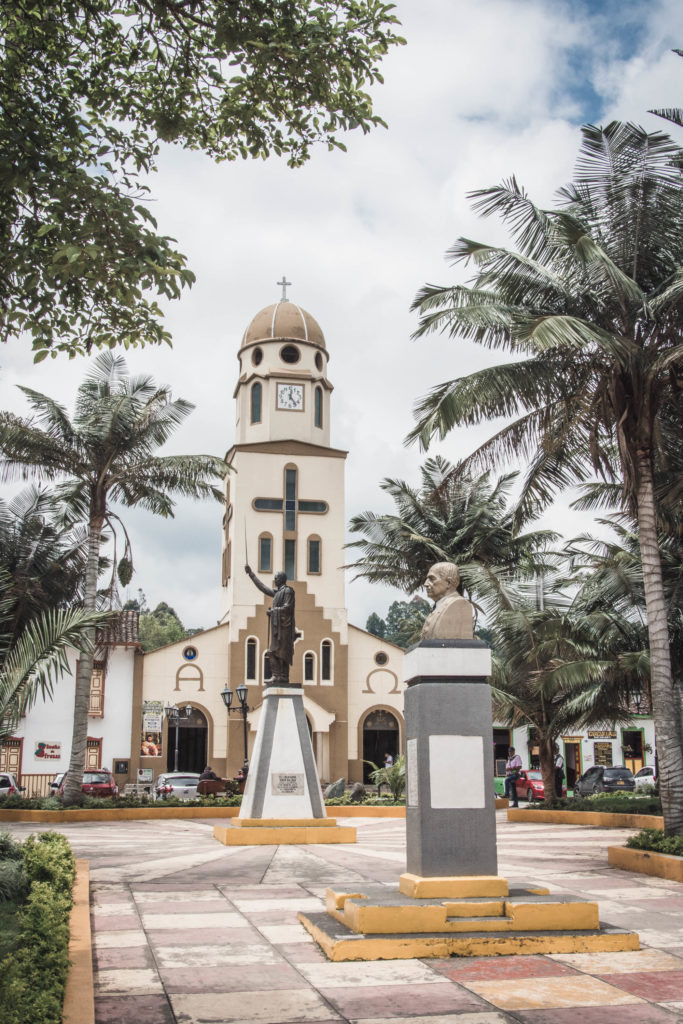
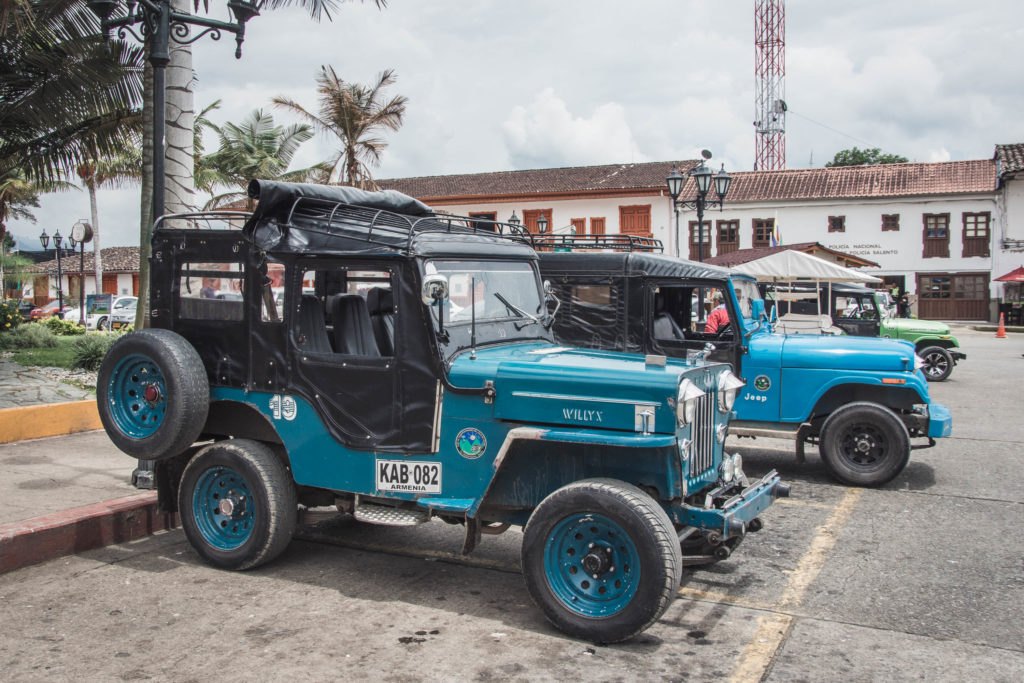
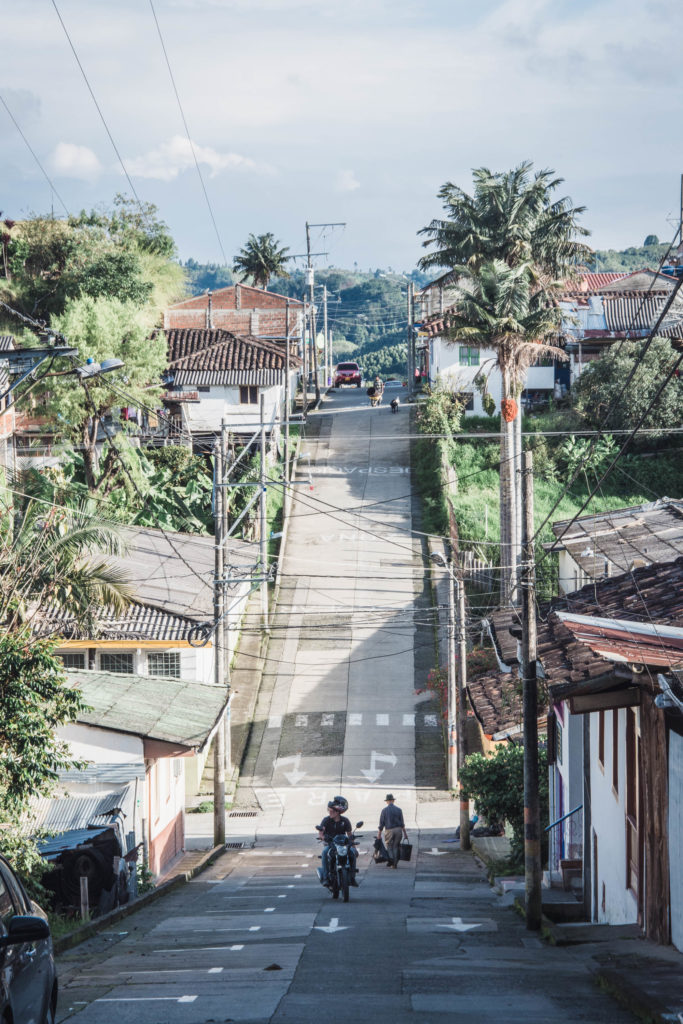
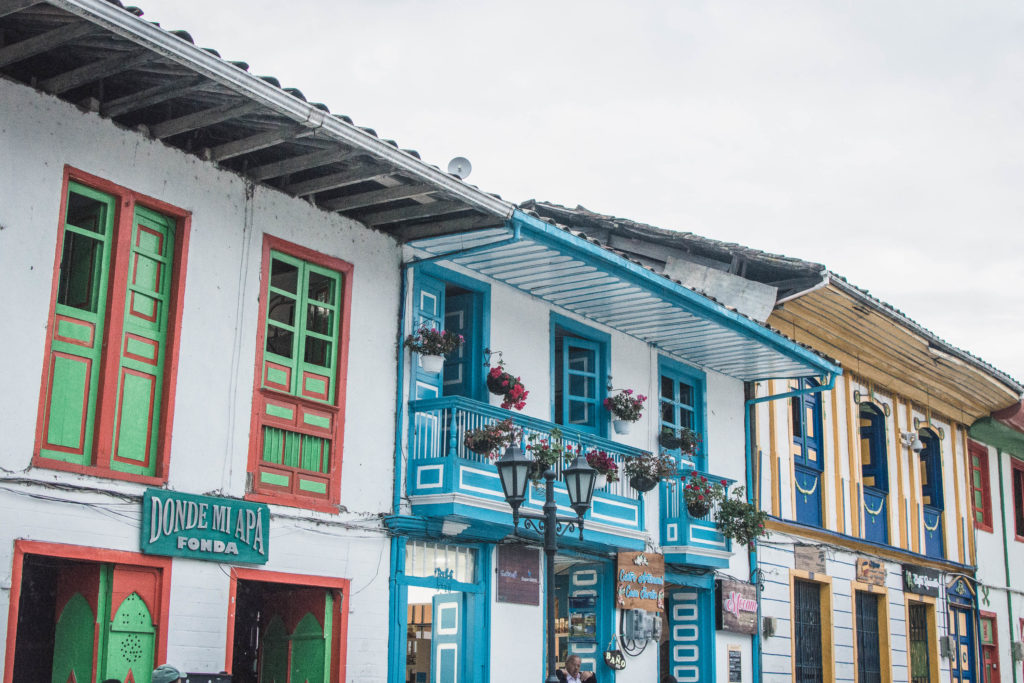
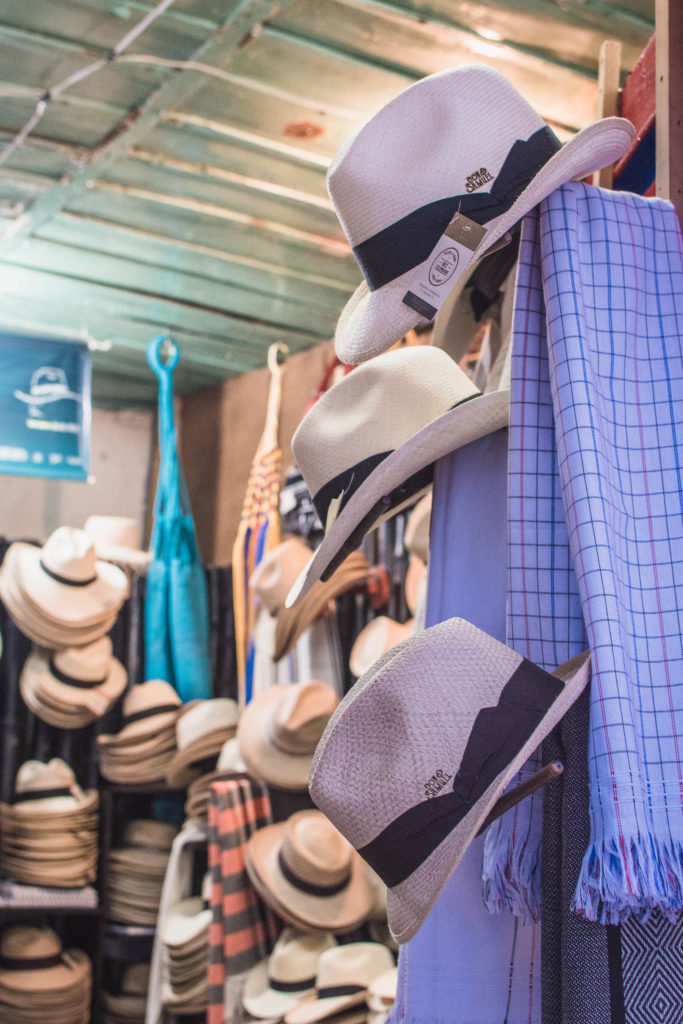
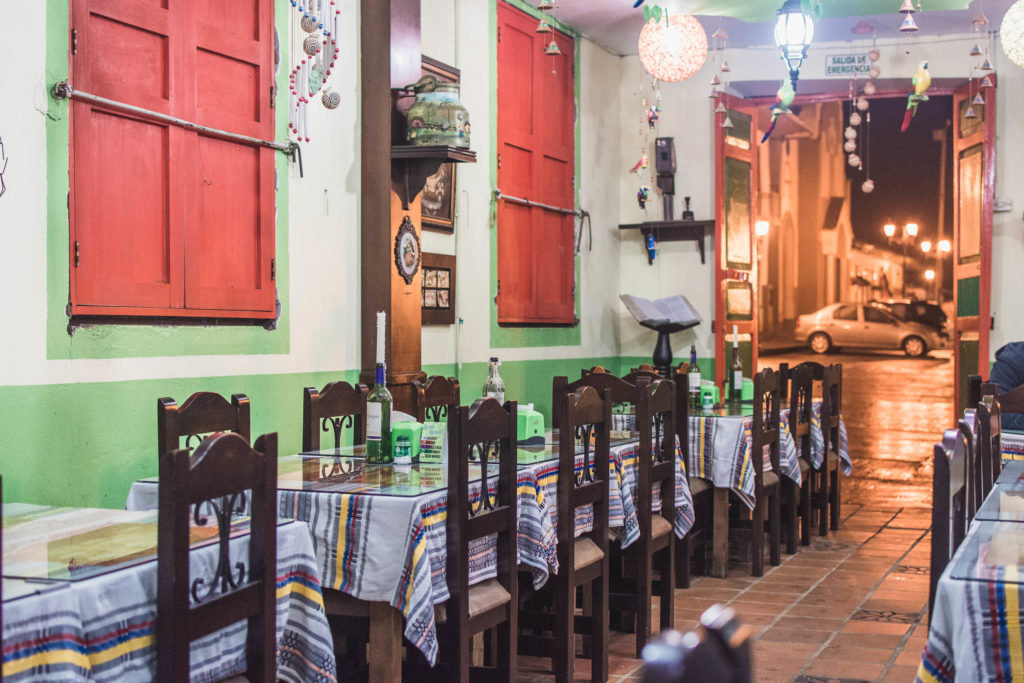
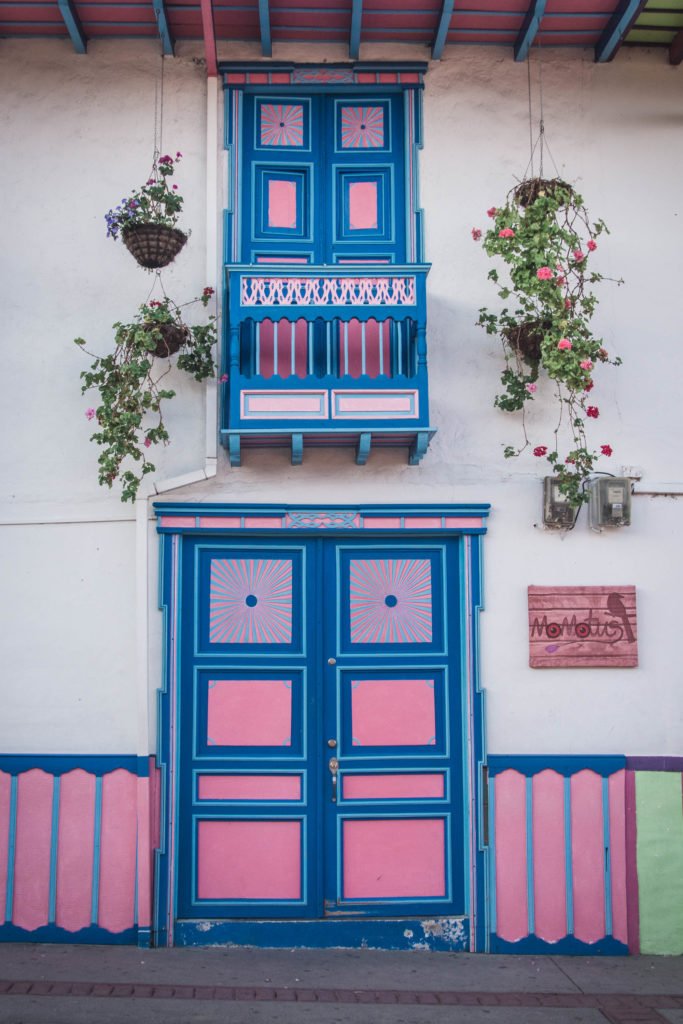
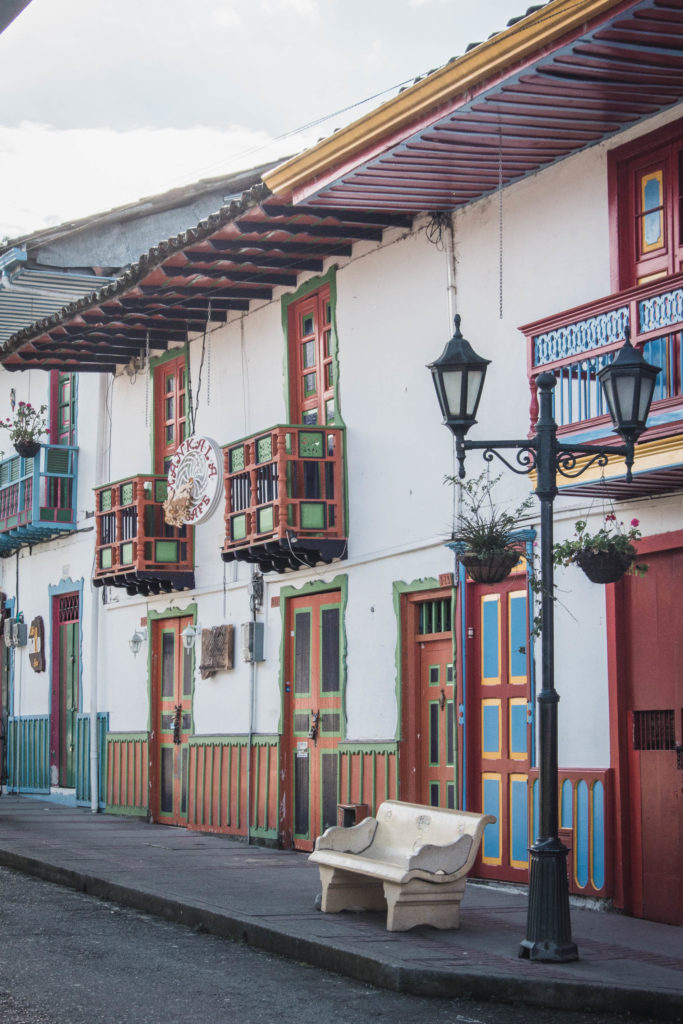
Learning about Colombian Coffee production at Finca El Ocaso
Finca El Ocaso is a family-owned farm focused on traditional coffee production, located only 5 km from Salento. You can get there by taking the iconic Willy jeep from the main square of Salento or just taking a hike. I should probably just quickly mention what is this “Willy jeep”. It is basically the vehicle you see the most in the coffee region in Colombia. The first ones were imported to Colombia from the USA for military purposes in 1946 and later there was an oversupply as they were never used in the war apparently. Local farmers saw a perfect substitute for mulas that would allow them to transport cargo and people to areas that are not easy to reach. Especially the terrain in the coffee triangle is hilly and muddy, and so they somehow fit there perfectly. Some jeeps were modified to suit farmers’ needs to carry heavy cargo from the farms to the town and back and some jeeps serve as a taxi for 10-14 people traveling within the muddy coffee triangle.
Now let’s get to the coffee tour as such. Our English-speaking coffee tour “From bean to cup” took 90 minutes and as the name suggested, it started with coffee beans handpicking and as you would guess, finished by coffee tasting. 🙂 I had already done a coffee tour in Puerto Rico previously so I was a bit familiar with the different steps in the coffee production but this was a bit more detailed and interactive. Apart from the process of coffee production, I learned for example that one coffee tree produces around approximately 500 g of roasted beans per year or that the Arabica coffee beans represent more than 65% of the total world production of coffee, the rest is Robusta coffee beans.
Later when the tour finished, we stayed in the Cafeteria for another cup of coffee with a stunning view in the valley, accompanied by a de-li-ci-ous chocolate cake. This was my first time ever enjoying a cup of coffee, as I never liked it that much. Since then, I had many other cups of freshly ground coffee before leaving Colombia and whenever possible, with a piece of chocolate cake! They were all very tasty everywhere! 🙂
